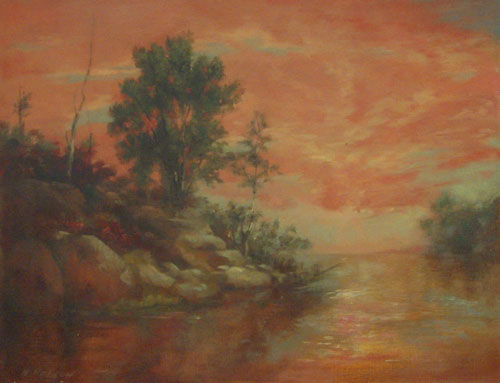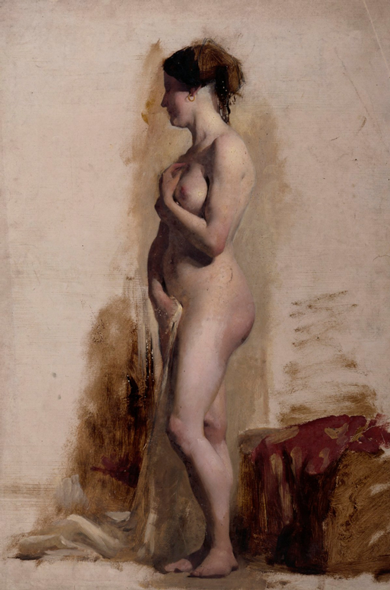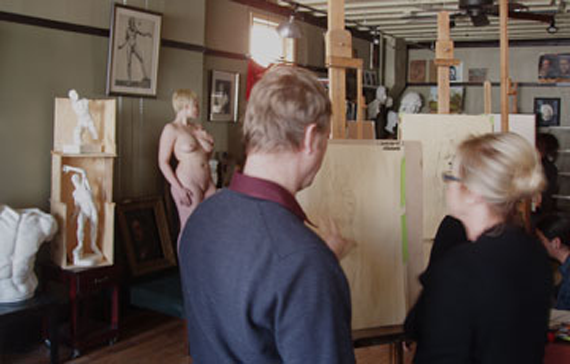
Program Outline for the Aspiring
Fine Artist / Poetic Realist
Level 1: Proportionate Basics, Limited Sight-Size, Figurative and Color Basics
One half of our curriculum's opening level is devoted to achieving proportionate accuracy along with learning how to effectively render form in light and dark. Both the sight-size and comparative methods of measurement are taught with more or less of an equal emphasis.
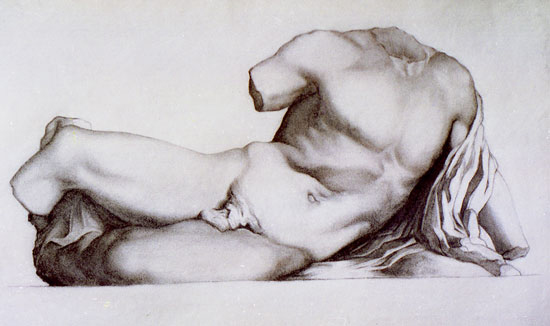
The student completes three 19th century copy drawings (Bargue drawings) and three cast drawings. A quarter of the first level deals with learning to draw the figure with correct proportions; more specifically, what is common to all figures with the various approaches to the rendering of form saved for level two. Poetic accuracy and mechanical accuracy are both separately addressed and subsequently synthesized when competency is achieved in both. This approach provides the student with a more versatile drawing foundation leading to future development beyond the overly mechanical approach, often limited to still, academic poses.
A quarter of the first level (not necessarily the final one) builds a bridge between the tonal work accomplished in the above areas and the study of color and painting. Elementary aspects of color are introduced as quickly as possible in tandem with the development of drawing skills.
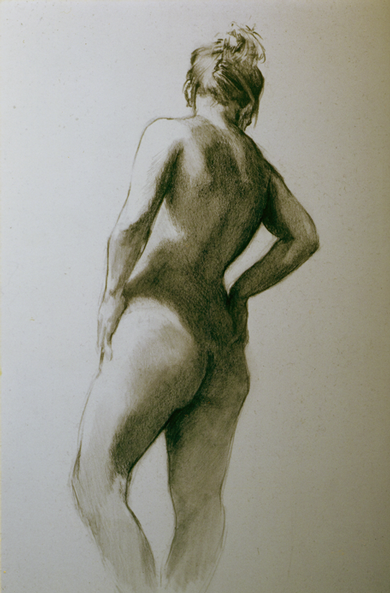
Level 2: Comparative Proportion Development, Figure Drawing, Painting, Historical Technique
The second level sees the student continuing to develop their skill in the drawing and rendering of form. Sight-size study is phased out, in favor of the more challenging and useful benefits of comparative measurement and the training of the visual memory begins with the practice of organic proportionate drawing. Supplementary study in areas such as morphology, perspective, rhythm, construction, and essential aspects strengthen the student's grasp of form. Basic direct painting technique is introduced, with the student completing five copies in oils; two figurative, two portraits and one landscape.
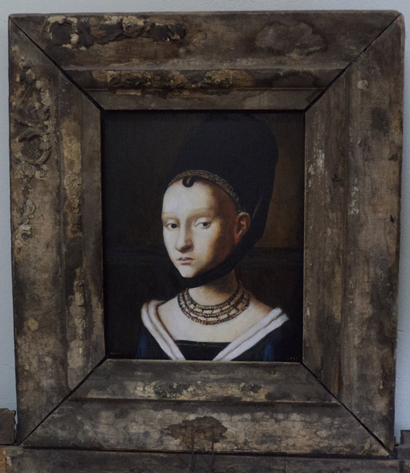
Historical technique is taught with the different approaches to rendering the figure in drawing and painting. The techniques, materials and artisitc thinking are explored as they relate to the figure. In painting, ten historical methods, including the early Flemish and Baroque methods are investigated. Two still lives are painted from life and two landscape studies are painted en plein air.
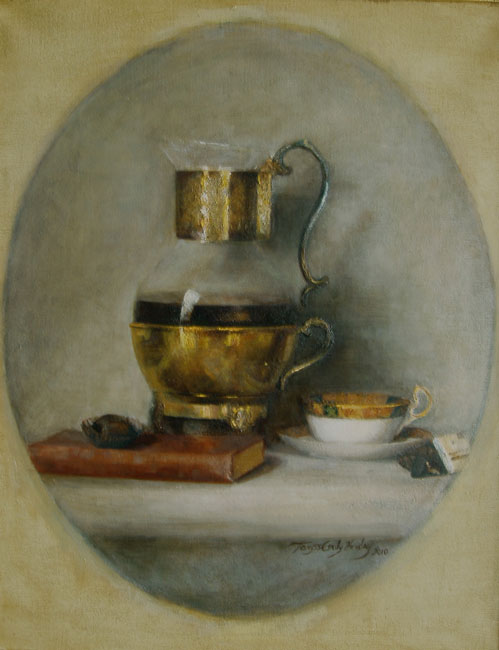
Level 3: Painting from Life and Picture Making from Studies
The student paints directly from life as well as from their life drawing studies. An individual curriculum is developed in consultation with the directors of the academy that will serve to complete their training. Strong emphasis is placed on essential areas such as compositional study, master color theory, and the drawing of difficult subjects such as drapery and trees. Beyond this point, the student's ongoing learning will be replaced by the capable sources of empirical effort, masterful art and nature's great storehouse of suggestions.
